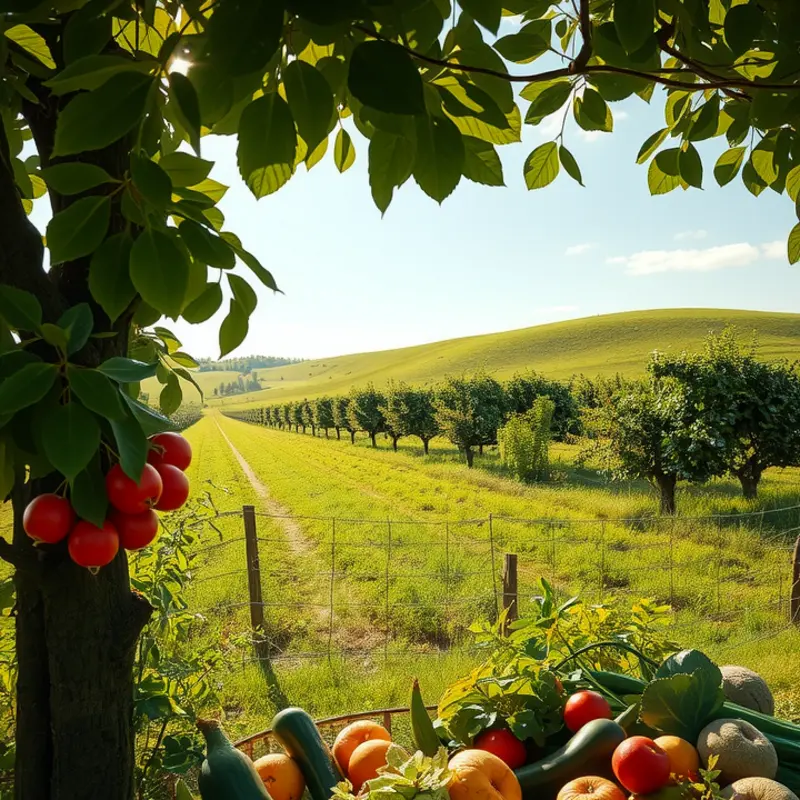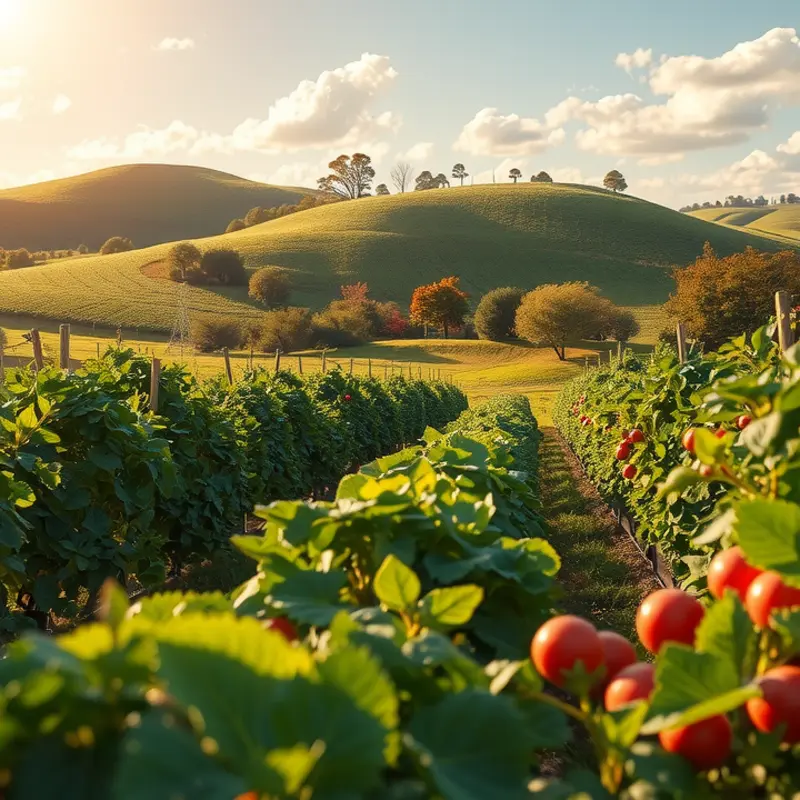Diving into the world of culinary traditions reveals not just unique flavors but also the rich cultural stories behind them. Every region boasts its own distinctive techniques, influenced by local ingredients, climate, and history. From the flavors of North Africa to the culinary artistry of Japan, understanding these methods enhances our appreciation of global kitchens and the vibrant tapestries they weave. Join in the exploration of some fascinating techniques that make each culture’s cuisine unmistakable.
Fermentation: The Ancient Art of Flavor Enhancement

Fermentation is an age-old technique transforming simple ingredients into culinary treasures cherished globally. This process is not just a method of preservation but a sophisticated art of flavor enhancement deeply rooted in cultural traditions. From Asia to Europe, fermentation continues to captivate both traditional cooks and modern culinary innovators.
In Korea, fermentation reaches its zenith with kimchi, a staple that combines vegetables with an intricate spice mixture. The magic of kimchi lies in its balance of flavors – spicy, tangy, and umami – achieved through the lacto-fermentation of vegetables like cabbage and radishes. This method not only extends the shelf life of the ingredients but also enriches their nutritional profile, offering probiotics beneficial for gut health.
Japan’s culinary landscape is incomplete without miso, a fermented paste made from soybeans, salt, and koji, a type of fungus. Miso’s deep, savory flavor dramatically enhances soups and marinades. Its fermentation process can last from a few weeks to several years, with varying durations creating different intensities and complexity in flavor. The tradition of miso-making also highlights the importance of patience and precision in Japanese culture.
In Europe, fermentation has long been a way to adjust to the rhythm of the seasons. Sauerkraut, with its origins in what is now Germany, exemplifies how fermentation was used to preserve excess cabbage harvested in late summer for the long winter months. This not only ensured food security but also provided essential vitamins during times of scarcity. Today, such methods invite us to embrace sustainability in our kitchens by reducing waste and utilizing locally available produce.
Fermentation is more than just a preservation method; it’s a gateway to creativity for chefs and home cooks alike. The nuanced, complex flavors resulting from fermentation inspire adventurous culinary experiments. It aligns with the sustainable cooking movement by promoting local sourcing and reducing food waste, key tenets in eco-friendly eating. For more insights on sustainable kitchen practices, consider exploring eco-smart kitchen storage.
Thus, fermentation stands as a testament to human ingenuity, turning simple ingredients into nutritious delights while reflecting cultural identity. It reminds us that by embracing tradition, we also nurture innovation and sustainability in all culinary pursuits.
Grilling and Smoking: Fire-Based Cooking Traditions

Grilling, the art of cooking food over an open flame, is a primal technique that has permeated cultures worldwide. The inherent connection between humans and fire can be seen in backyards, bustling streets, and ceremonial gatherings alike. In North America, barbecue has become a symbol of community and celebration, where immense smoking pits and the aroma of slow-cooked meats draw neighbors together. Each region boasts its own style—whether it be the tangy, tomato-based sauces of Kansas City or the vinegar-infused marinades of the Carolinas.
Across the globe in Southeast Asia, the grilling experience transforms through the lens of vibrant flavors and ingenious simplicity. Satay skewers, for instance, are a quintessential street food from Indonesia to Thailand. Marinated in a mix of coconut milk, turmeric, and spices, these skewered meats are grilled to perfection over hot coals, tantalizing taste buds with their blend of sweet, salty, and smoky notes. The satay experience is as much about savoring every bite as it is about the ritualistic social gathering surrounding the grill.
Smoking, on the other hand, extends the flavors of grilling by infusing meat, fish, and even vegetables with distinctive smoky aromas. The type of wood used plays a crucial role in this method, with variations like hickory adding a robust, hearty flavor, while fruit woods such as apple impart a sweeter, milder smoke. Different cultures have embraced these nuances to create unique culinary traditions.
In the Nordic countries, for example, smoking is an age-old technique that preserves fish, creating delicacies like gravlax, where salmon is cured and smoked with dill and juniper. This method showcases the marriage of local ingredients with traditional preservation methods, allowing communities to savor the bounty of their surroundings even in the harshest winters.
Communal cooking events centered around grilling and smoking serve more than just culinary functions in societies. They are essential to cultural identity and cohesion. In South Africa, the tradition of “braai” is a beloved social ritual. Family and friends gather around an open fire, sharing stories and laughter while grilling boerewors (sausages) or sosaties (kebabs). This experience transcends mere cooking, creating a tapestry of shared memories and heritage.
In Japan, “yakitori-ya,” or chicken skewers, bring people together in casual eatery settings where the joy of grilling extends to the convivial atmosphere. These establishments thrive on uncomplicated dishes that highlight the quality of ingredients and the skill of the grill master, underscoring the communal ethos of sharing food.
Such traditions underscore the innate human desire to connect over a shared flame, imparting warmth both gastronomically and socially. Fire-based cooking methods, in their myriad regional forms, reveal not just the taste of the smoked and grilled delicacies, but the essence of communities united by the primal yet profound act of cooking together.
To explore more about how different cultures’ culinary practices have been shaped by trade, visit our section on culinary influences and trade.
Final words
Culinary techniques are more than just methods; they are a reflection of culture, sustainability, and history. As food enthusiasts, appreciating these diverse practices enriches the experience of cooking and eating. Whether through fermentation that brings depth to flavors or the communal joy found in grilling, these methods connect us to their origins and allow us to taste the unique stories they tell. Embracing global culinary traditions opens doors to a world of flavor, creativity, and cultural respect. So, the next time you cook, consider the rich history behind your techniques and the cultures that inspire them.








